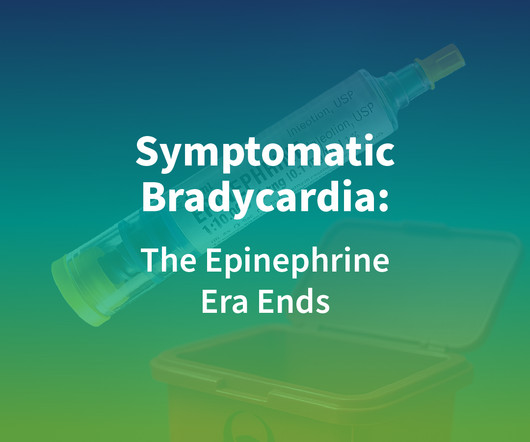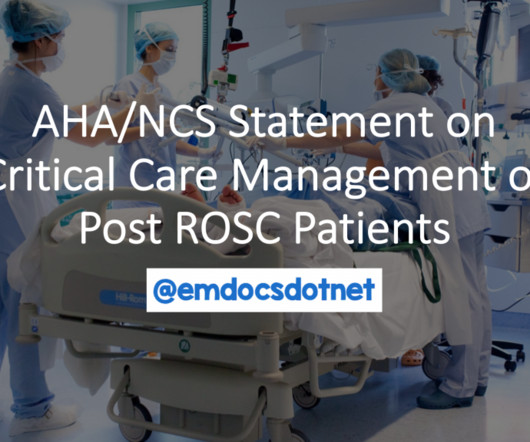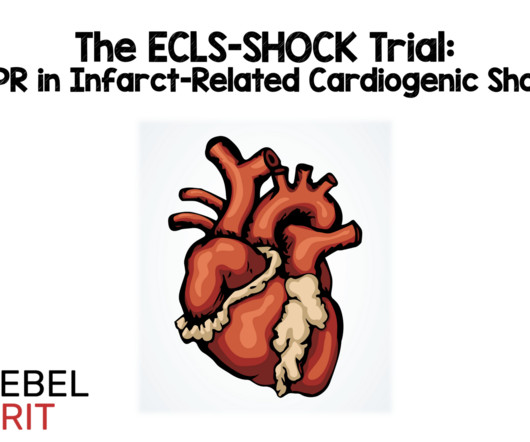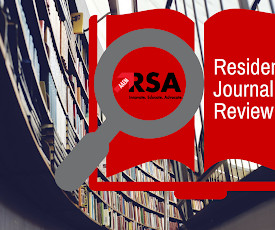Symptomatic Bradycardia: The Epinephrine Era Ends
Handtevy
JUNE 20, 2025
It’s official: the 2025 ILCOR Pediatric Life Support guidelines have removed the recommendation to administer cardiac arrest dose epinephrine for symptomatic bradycardia in children. Hallelujah For years, the use of epinephrine in bradycardic pediatric patients receiving CPR has been embedded in resuscitation algorithms.













Let's personalize your content